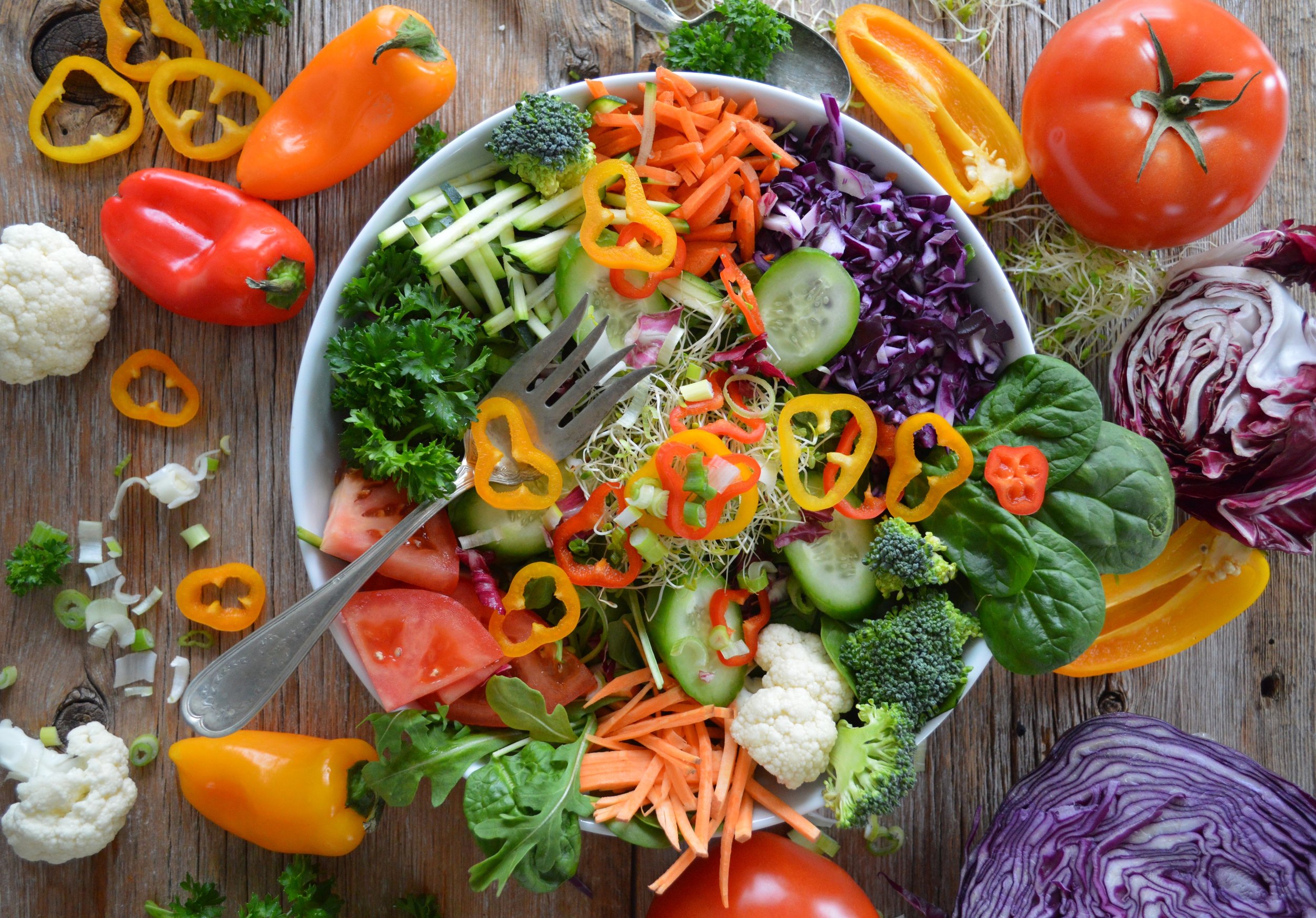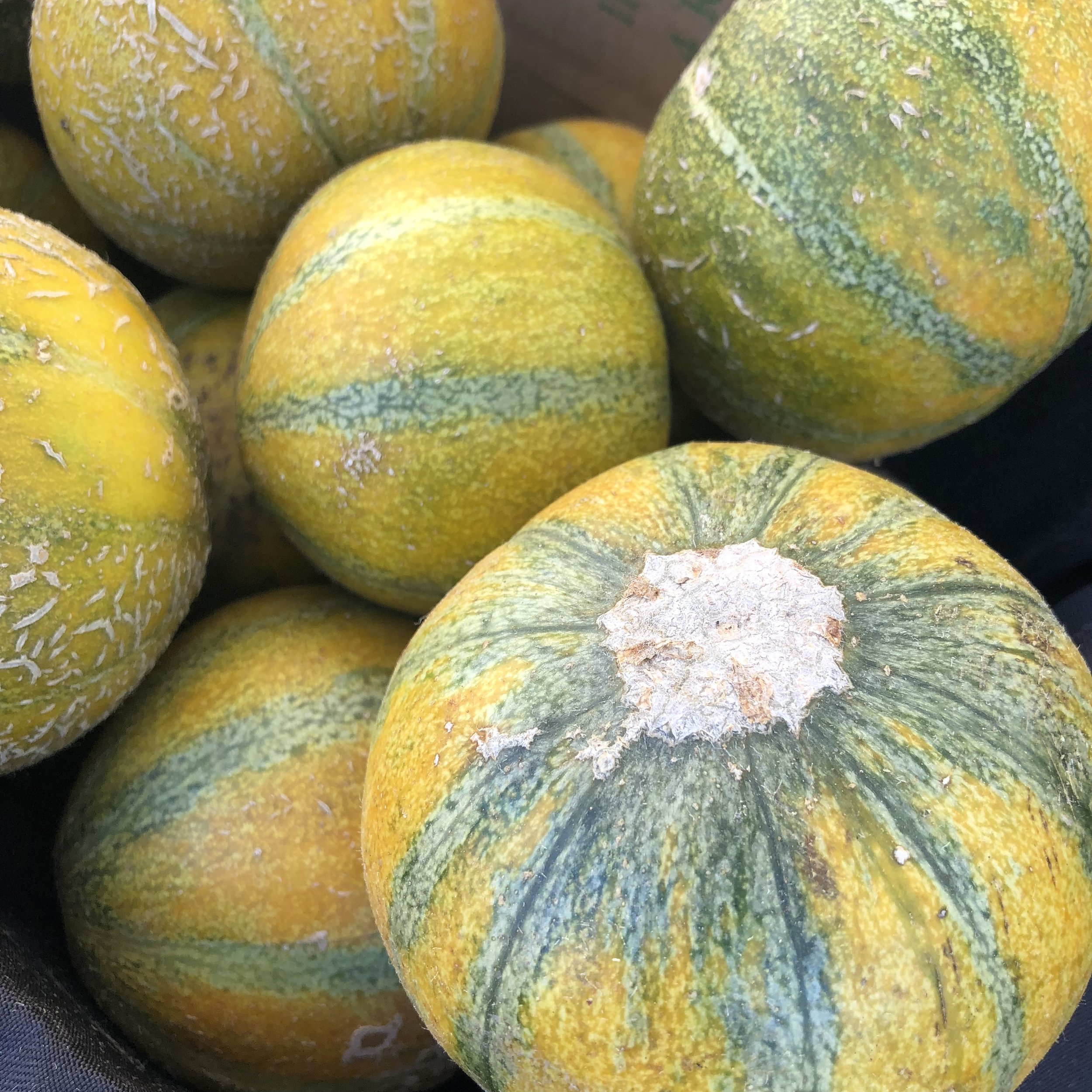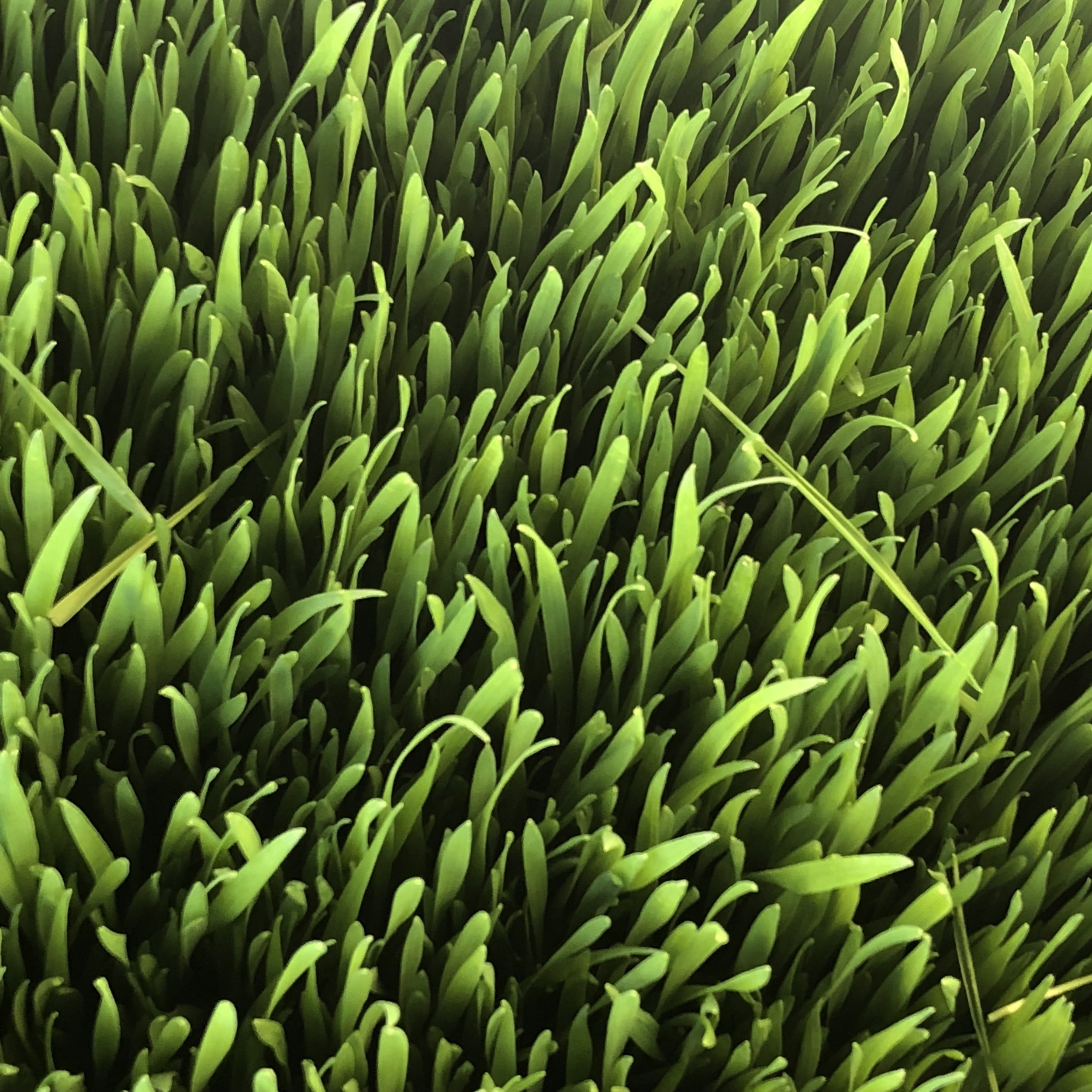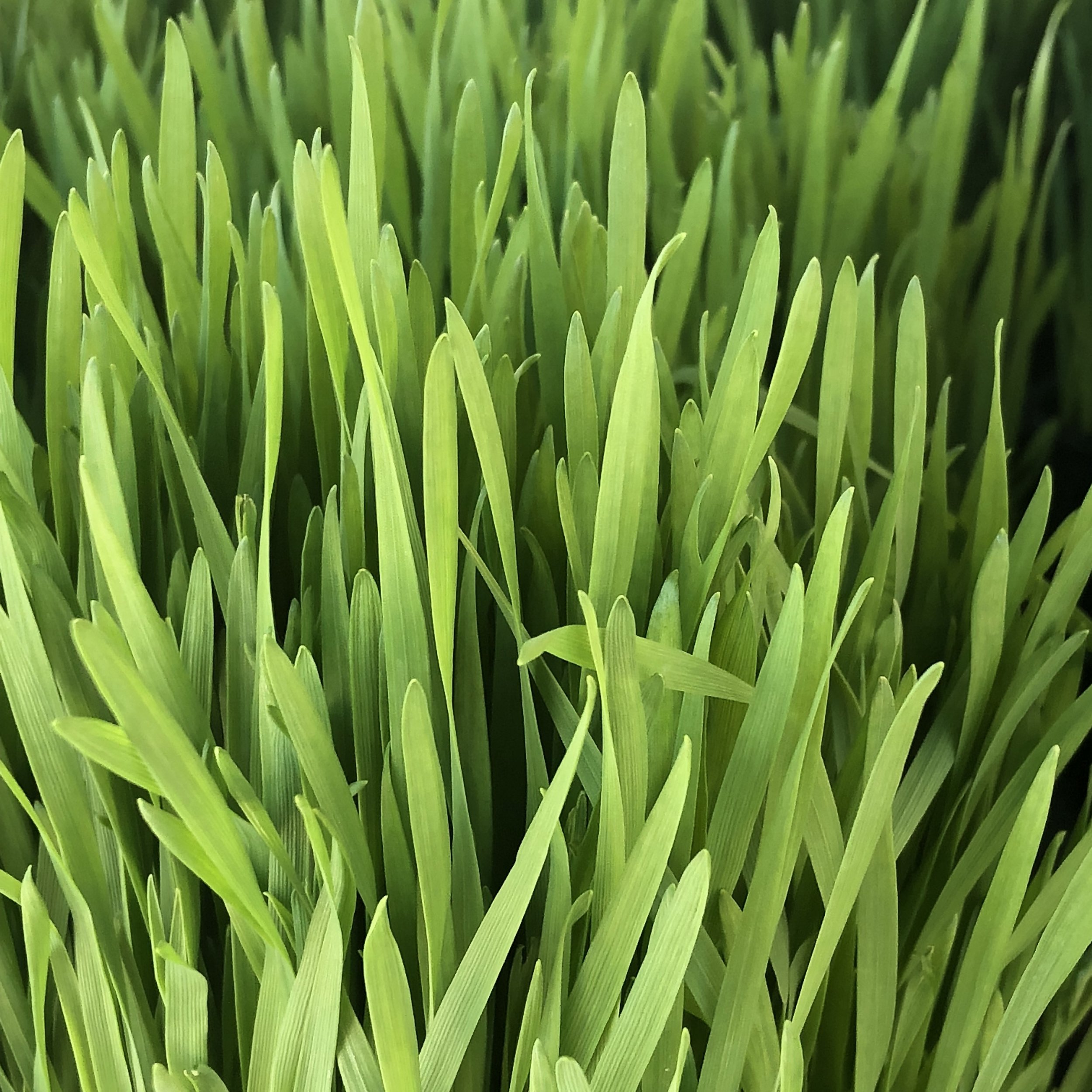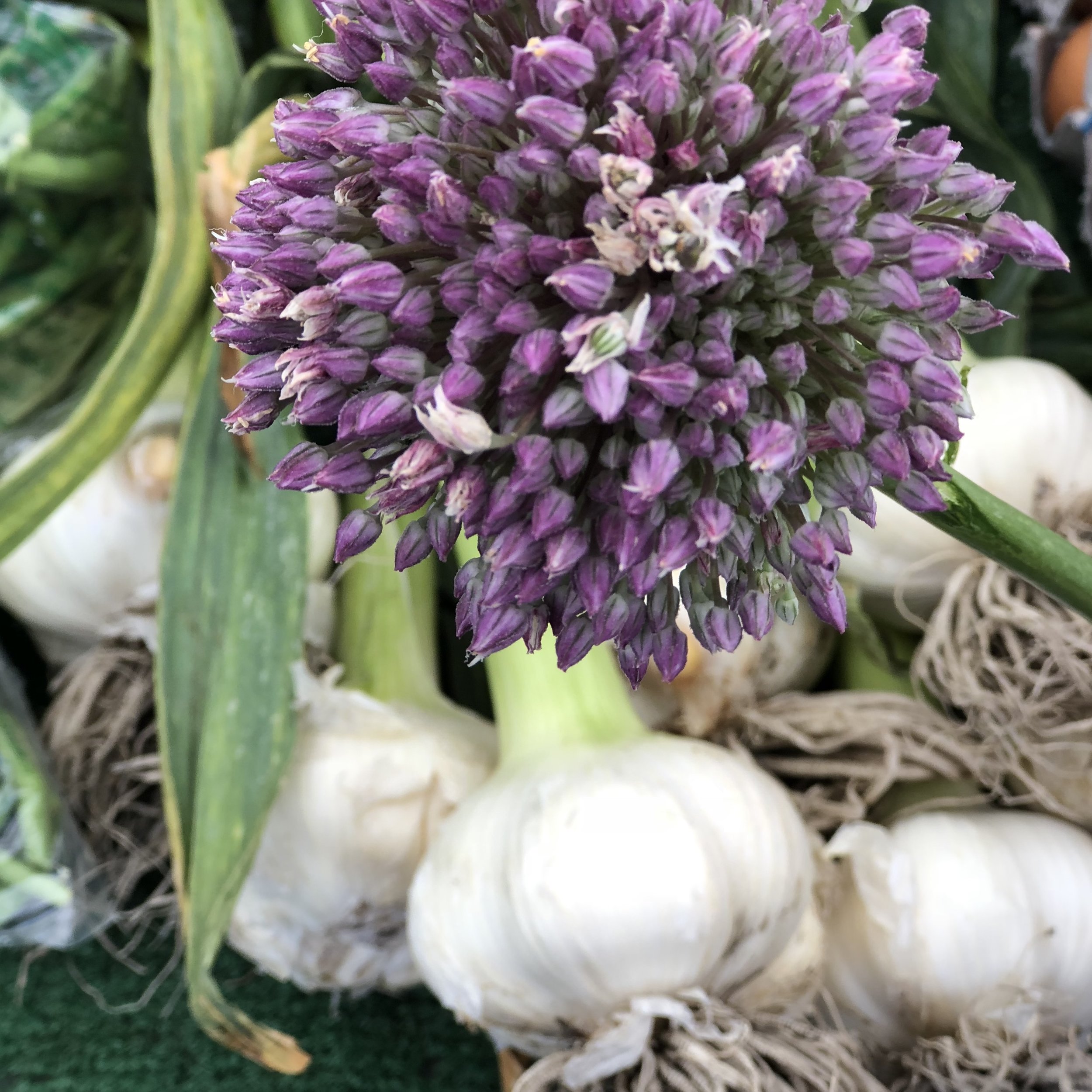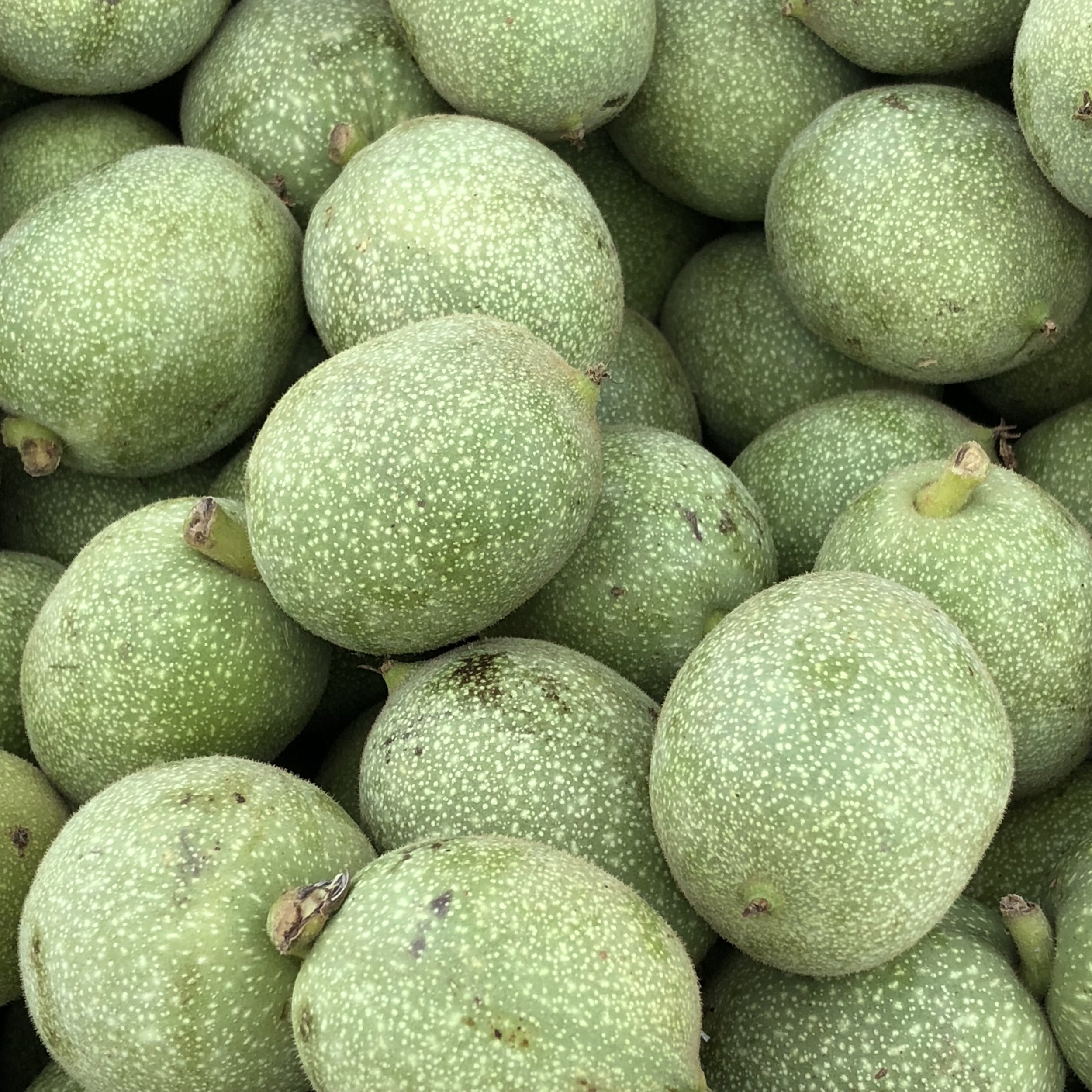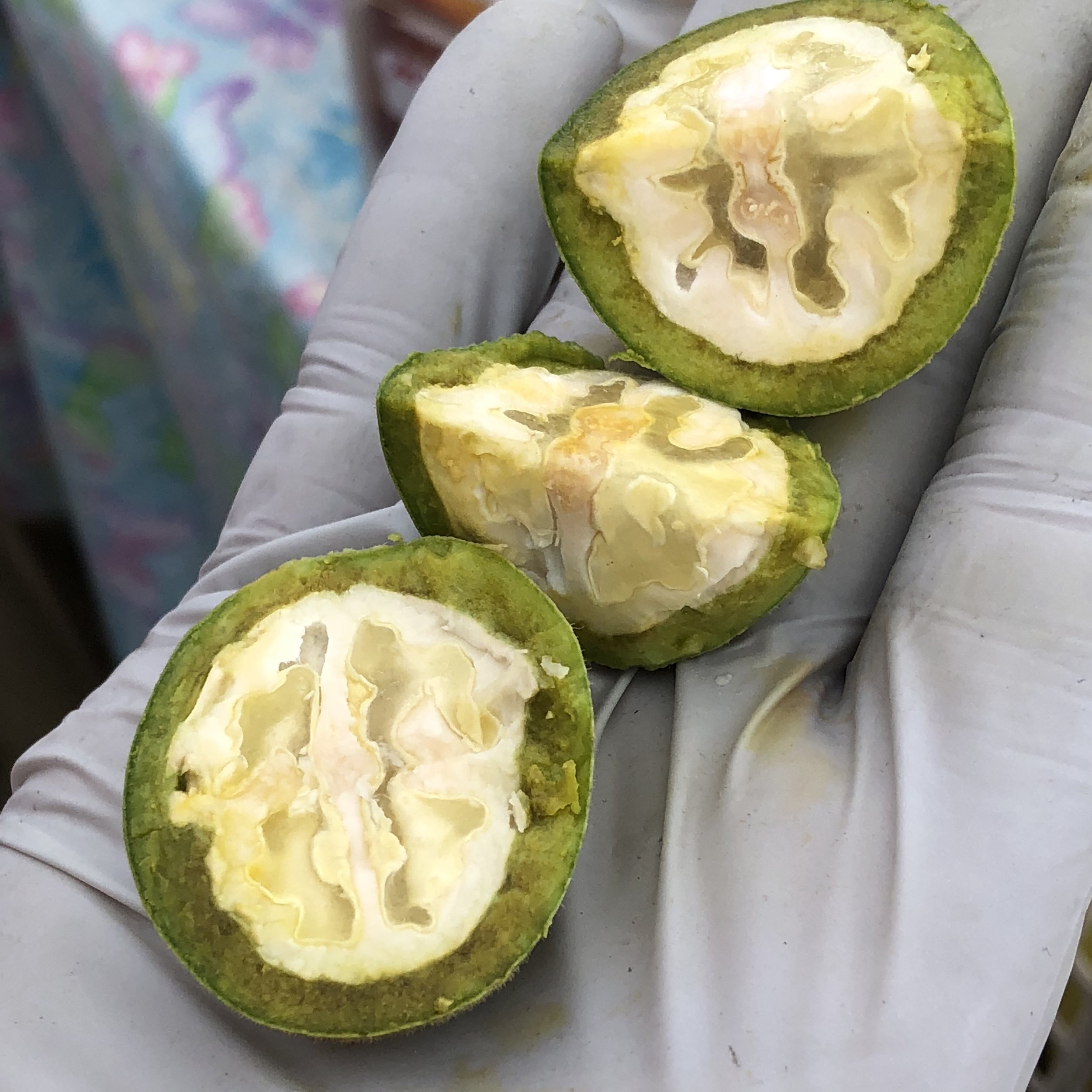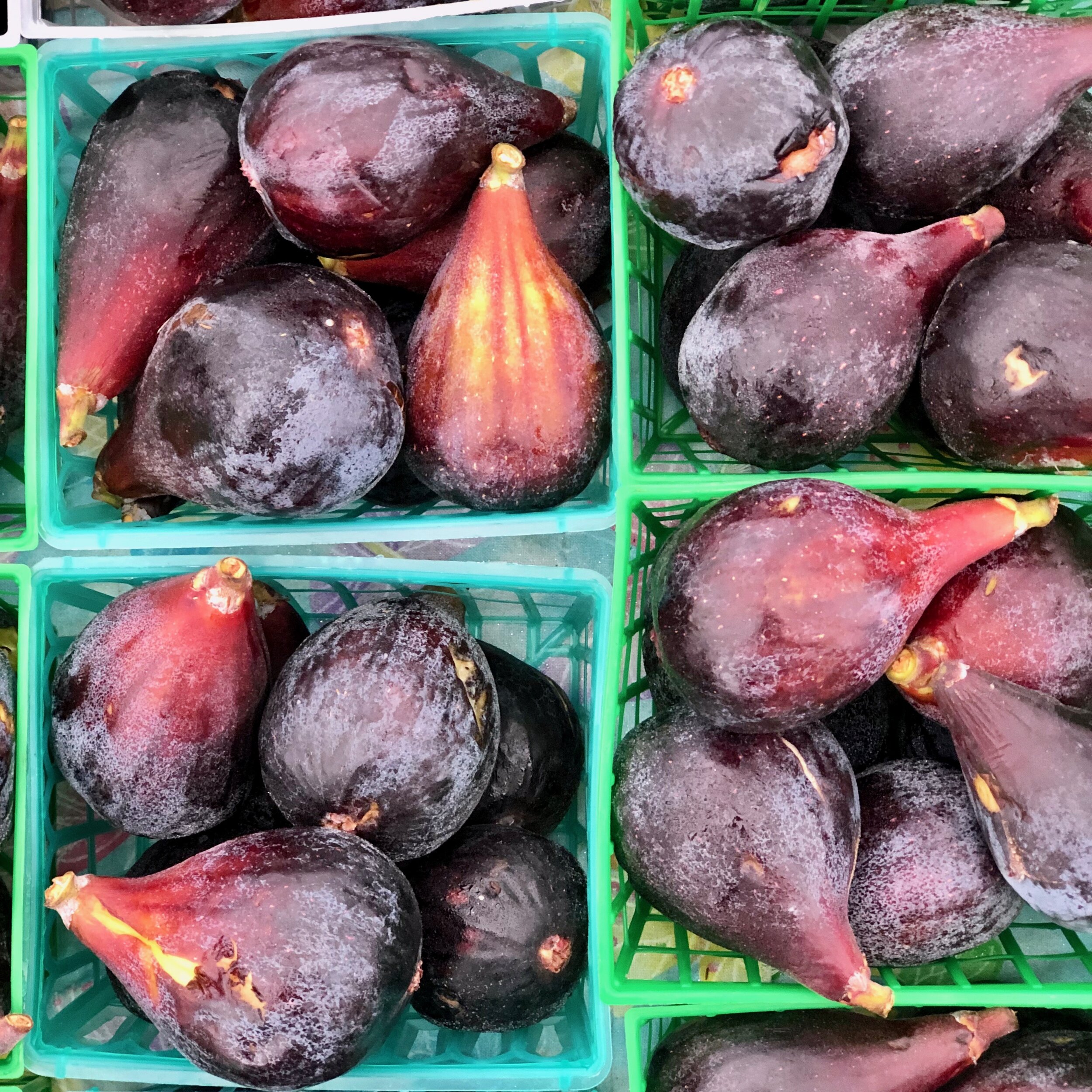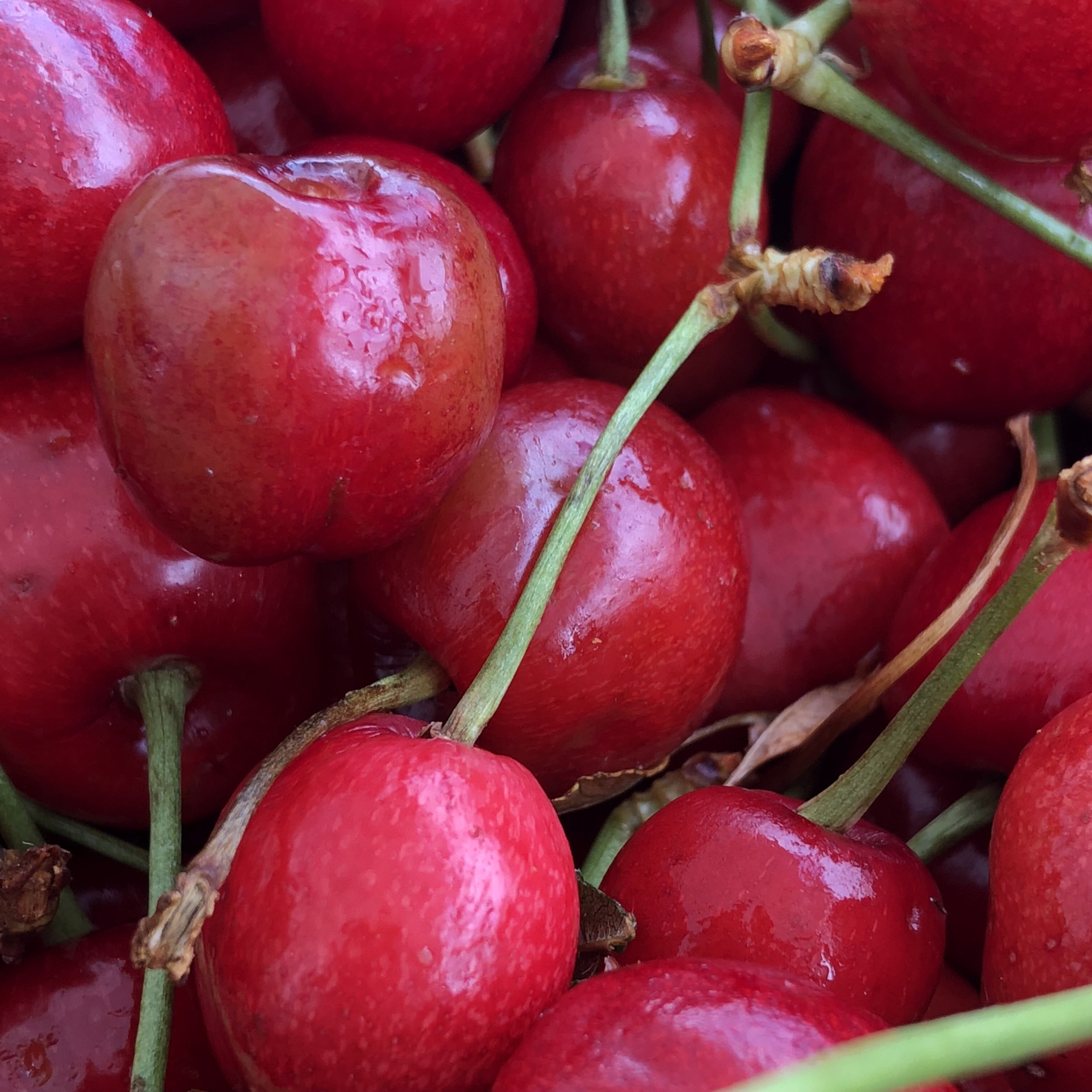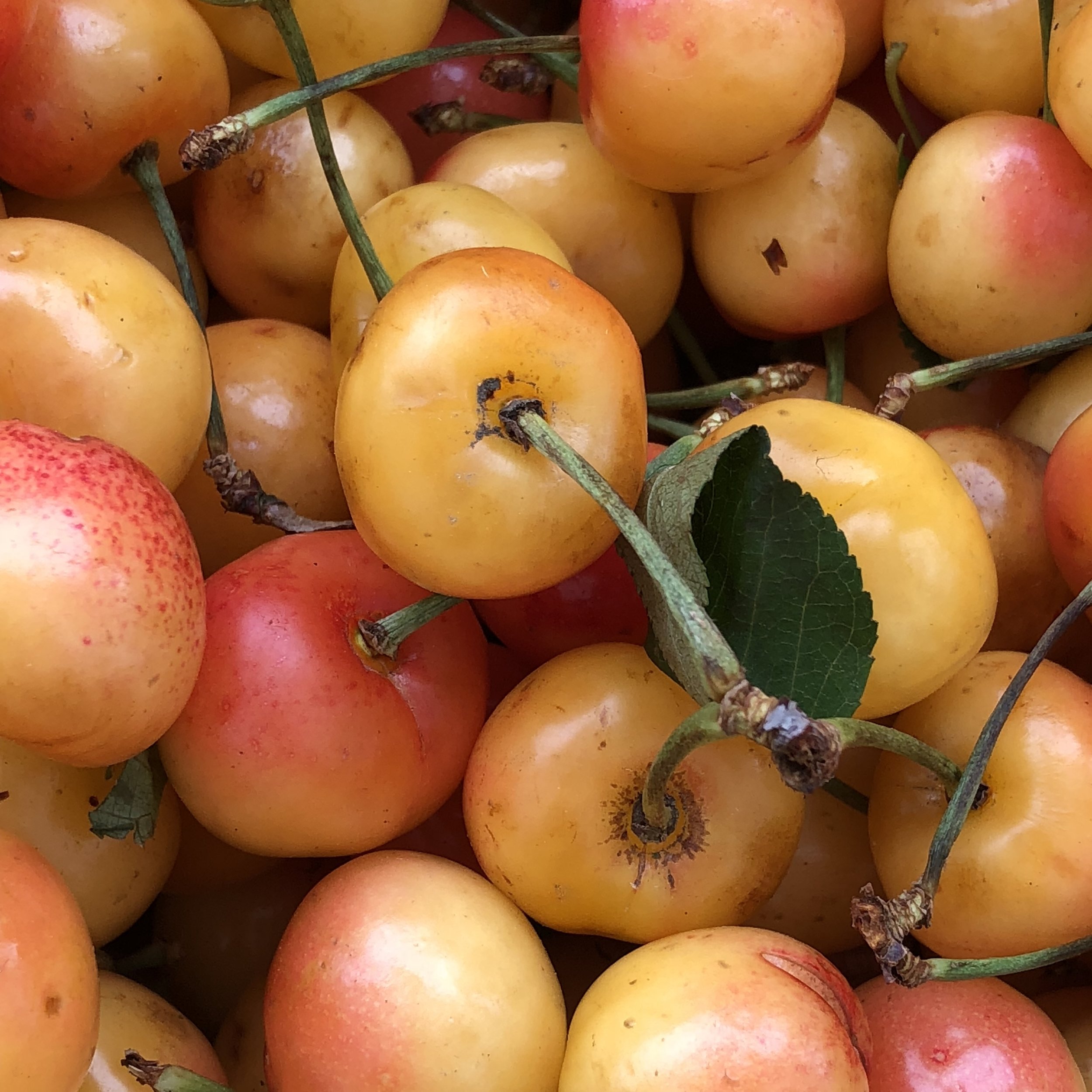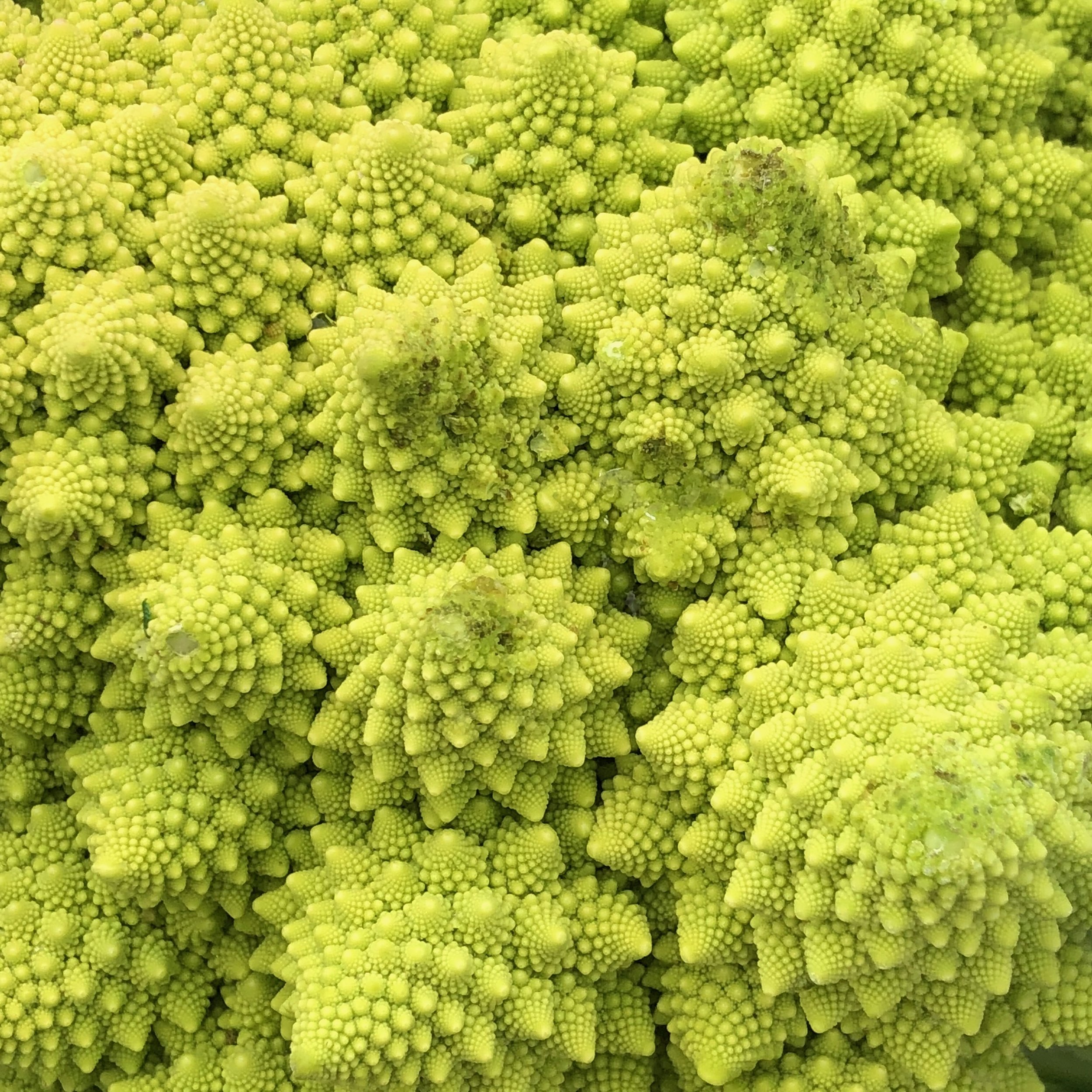French Morning Melons
/We’ve been gorging ourselves on melons the past month. It’s difficult to go through the summer at Los Angeles farmer’s markets without overdosing on melons. I grew up eating the mainstays: watermelon, honeydew and cantaloupe. But these are just the tip of the iceberg, as there are so many more varieties to be enjoyed. Each one brings a certain gustatory joy.
Where Do Melons Come From?
Melons originated in ancient Persia, likely grew in the gardens of ancient Babylon and are mentioned in the Torah. Starting around 1600, they were cultivated by the aristocrats of Europe.
How Do You Eat A Melon?
I feel like they still retain an air of prestige: Slicing open a melon is like unboxing a precious gift with your closest family standing beside you. They are meant to be ogled, passed around and shared – unlike, say, a peach.
And they are best enjoyed from farmer’s markets when the flavor carries a lush & mushy sweetness – unlike the stiff, underripe supermarket types. This is the allure and delight of the French Morning Melon, the size of a grapefruit with the flavor a mix of honeydew and cantaloupe. “A.M. Melons”, as my kids refer to them, are our current household addiction and a part of our mid-summer breakfast routine.

